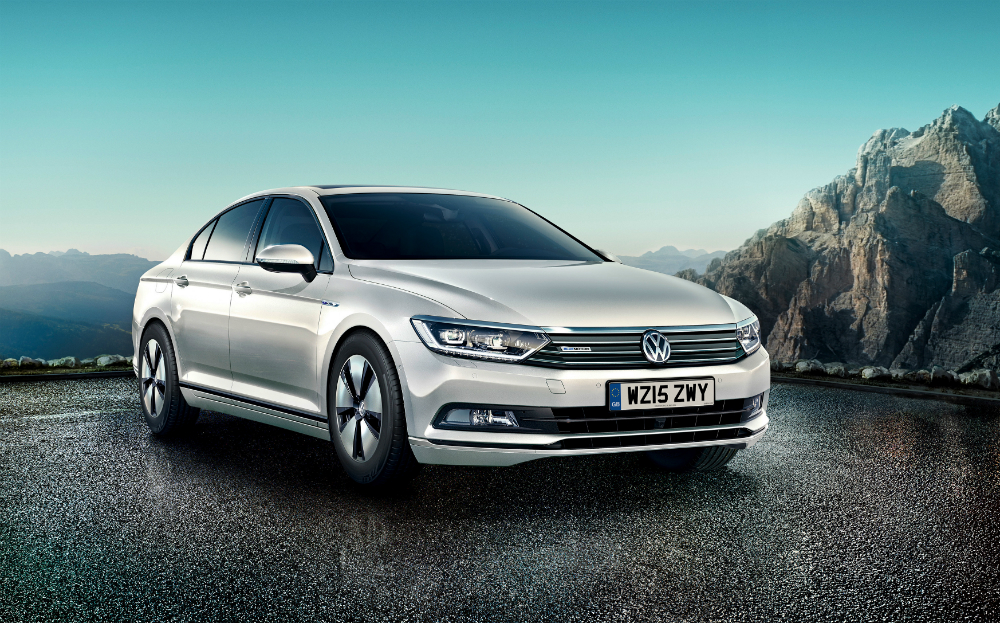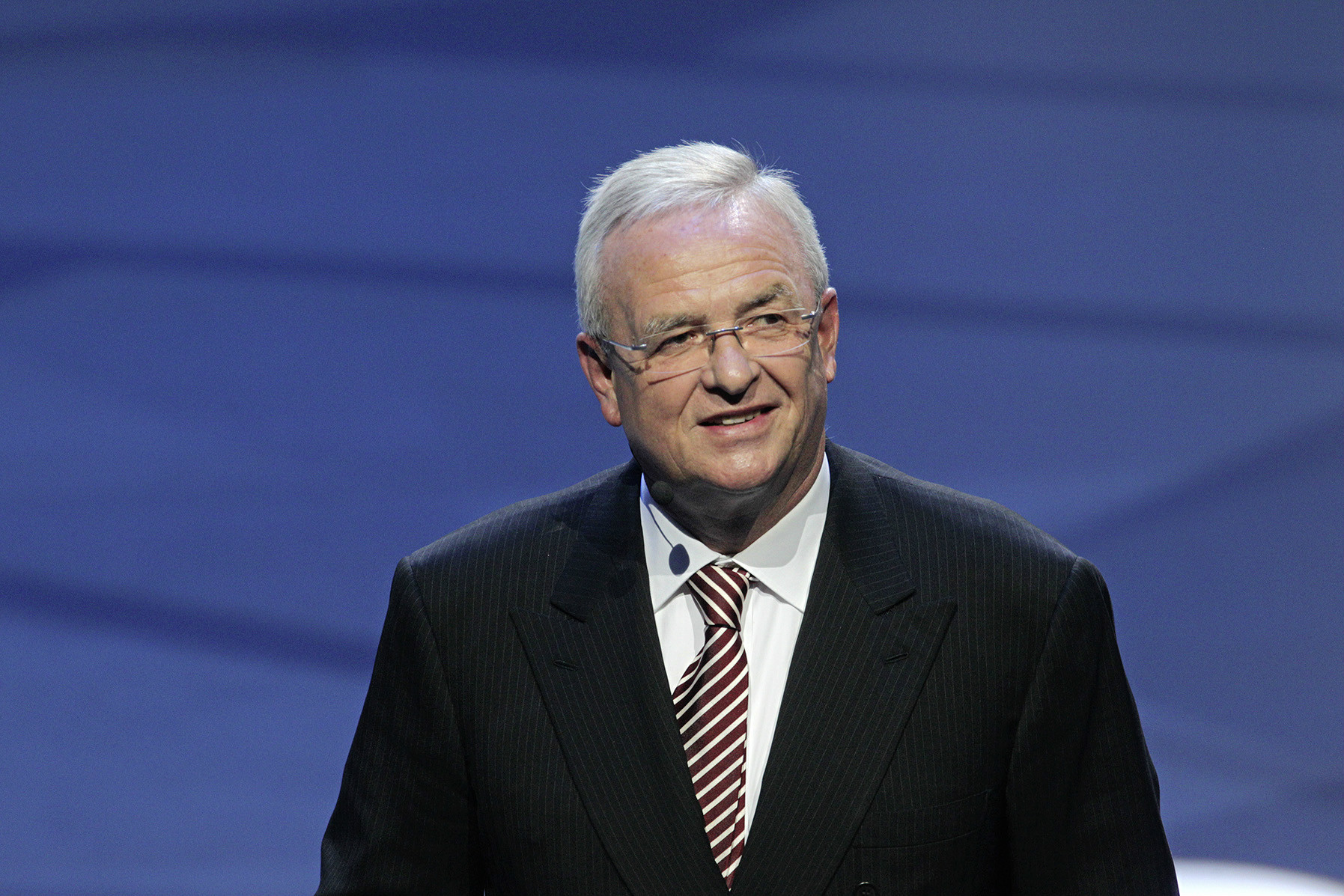Volkswagen boss apologises as British drivers remain in the dark over car emissions
Harmful emissions levels hidden

VOLKSWAGEN CHIEF executive Martin Winterkorn has been forced to issue a public apology in the wake of accusations that the German company has cheated in car emissions testing in the US. VW UK has refused to say whether British cars are also fitted with software that can cheat emissions tests, leaving British drivers in the dark over the true level of emissions of popular, diesel-powered Volkswagens.
On Friday the US Environmental Protection Agency (EPA) claimed that Volkswagen is guilty of fitting “defeat devices” into its diesel-engined cars, so they appear to be ultra-clean when in fact they emit up to 40 times as many nitrogen oxides (NO2) as they’re allowed to.
In response to the claims, Winterkorn issued a statement saying: “I personally am deeply sorry that we have broken the trust of our customers and the public.”
Click to read car REVIEWS or search NEW or USED cars for sale on driving.co.uk
The EPA is claiming 500,000 TDi-engined Volkswagens are caught up in the scandal, including Golfs, Passats, Jettas and Beetles – along with Audi A3s too. The Agency is going for Volkswagen’s jugular on the back of these findings, and has said the company is facing fines of up to $18 billion (£11.5 billion).

While the EPA has singled out Volkswagen in the US, according to Brussels-based research firm Transport & Environment (T&E), other car makers are at it in Europe too. Its data suggests the same trick is being used in Europe and could involve other manufacturers too.
In the EU new diesel models must pass tests showing the cars emit no more than 80 milligrams of NO2 per kilometre.
T&E’s data shows, however, that vehicles from VW, Audi, Citroën, Vauxhall, BMW and Mercedes-Benz emitted on average four times more than the legal limit on the road — even though they had all passed the EU tests. The worst models were up to 9½ times over the legal NO2 limit
Such discrepancies had been blamed on the test regime failing to replicate road driving, but Greg Archer, of T&E, said road emissions were too far above the legal limit for such an explanation.
He called on Britain’s Vehicle Certification Agency and the European Commission to investigate whether VW and others were using similar systems on EU cars. “The gap between the legal limit and the pollutants actually emitted is so great that it suggests cars’ electronic control units have been programmed to detect when a test is under way and cut emissions til it is over”.
Mike Hawes is chief executive of the Society of Motor Manufacturers and Traders (SMMT) which represents car makers in the UK. He reckons there’s “no evidence“ that makers cheat the system. “Test vehicles are removed from the production line randomly and must be standard production models, certified by the relevant authority. The industry acknowledges the test method is outdated and is seeking agreement from the European Commission for a new test that is more representative of on-road conditions.”
How is VW passing the NO2 emissions test?
The cars in question feature a separate tank of urea, which is injected into the exhaust system to clean up emissions by cutting nitrogen oxides. This tank has to be topped up periodically (at the driver’s expense), so to increase the mileage that can be covered between refills, the urea injection can be switched off.
The European legal limit for NO2 is 80mg per kilometre, but this can be achieved only by constantly injecting urea into the exhaust. Doing so would increase running costs for both private and for fleet drivers.
VW is accused of installing software that detects when a car is being tested for its emissions. On the test rig the car will inject urea to reduce emissions but in real-world driving it’s claimed the urea isn’t always being used, guaranteeing higher NO2 emissions than the manufacturer states the car will emit.
Browse driving.co.uk’s Driving Green advice section




